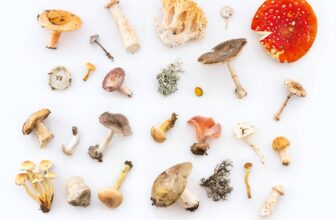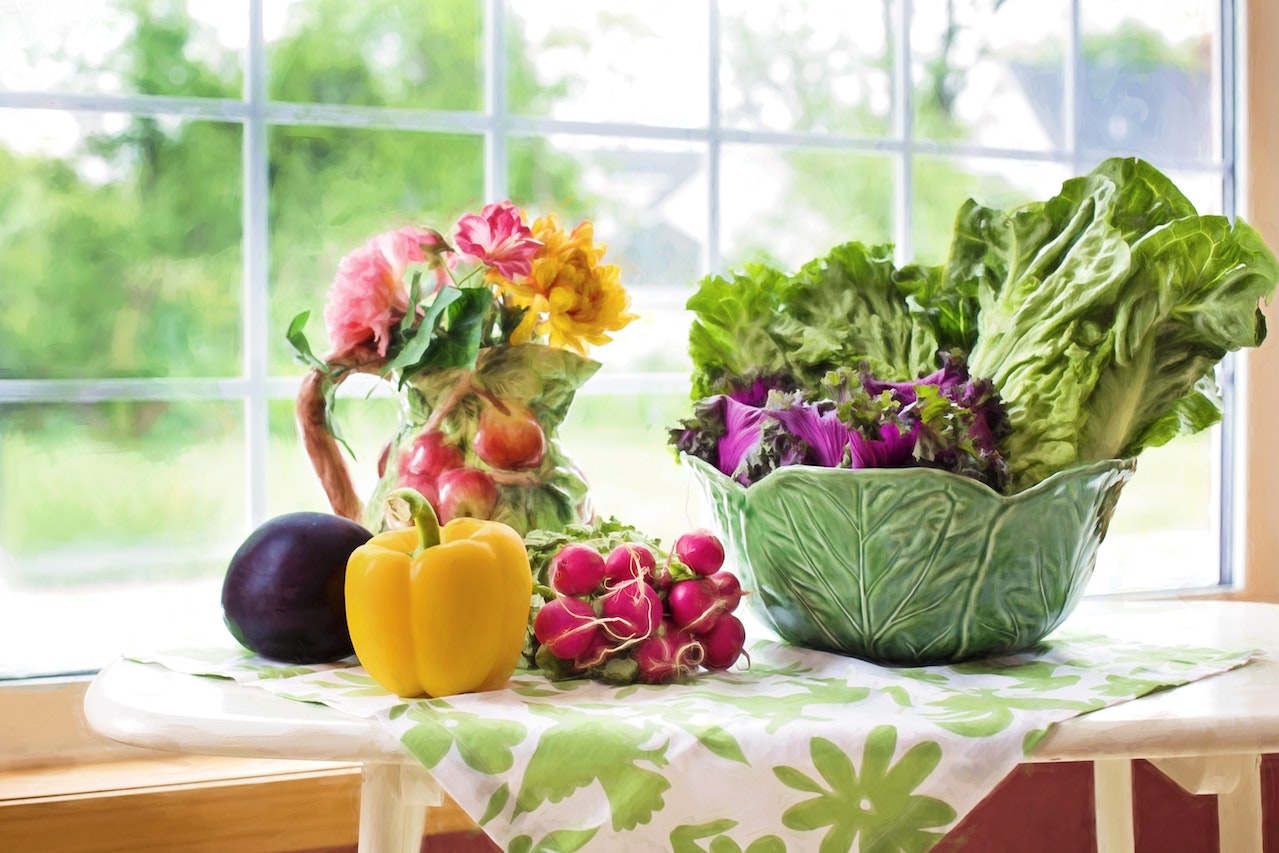
Table of Contents
One of the best things about adding vegetables to your daily diet is that you get a natural source of nutrients. They’re easy to prepare and also come cheap. However, food preparation for vegetables can sometimes leave you with scraps such as the roots, stems, leaves, and other parts of the vegetable.
While these scraps are usually considered waste and are thrown in the garbage bin, it can be used to regrow vegetables for recurring harvest.
Among the many types of vegetables available, we’ve come up with the top 10 vegetables that are likely to be grown at any home. Let’s take a look.
Root Vegetables

Root vegetables are among the most sought-after veggies because it is nutrition-packed and is used for the treatment of many illnesses. These vegetables include carrots, beets, radishes, turnips, and many others.
The topmost part of the vegetable where the stem starts to grow is usually cut off as scrap during preparation. This scrap can be placed in a container or bowl with shallow water and left to sit for at least a week until greens or leaves starts to sprout out of its top layer. As soon as roots start to grow below, you can transfer the plant into the soil making sure that the root is fully covered.
With frequent watering and a good amount of sunlight, root vegetables can be harvested within a few months from planting.
Potatoes

Everybody loves potatoes for their texture and taste that is easy to pair with almost anything. Although potatoes don’t always leave scraps during food preparation, they’re usually stored in a cooler place in your pantry and when potatoes are left unused for a long time, they start to grow sprouts and sometimes spoil – making them unhealthy to consume.
When this happens, simply transfer the potato into fertile soil with a depth of 6 to 8 inches. For the best results, grow the plant in the garden where it has direct exposure to the sun. Once the potato is planted, it will start to grow again.
Leafy Greens

Toss them in salads, or soups, or eat them as they are, leafy greens are a must-have variety of veggies. Leafy greens such as lettuce, romaine, and others usually have the base as scraps.
To make sure they are regrown properly, cut at least an inch from the base and place them in shallow water. It should have exposure to direct sunlight for best results. Simply transfer to fertile soil as soon as roots start to grow below the base. Although you won’t be expecting a brand-new head of lettuce or romaine to grow, it will grow shoots that can be harvested in every season.
Leafy greens grow faster from their scraps than other veggies and frequent harvests can be done by just doing the same process.
Bulb Vegetables
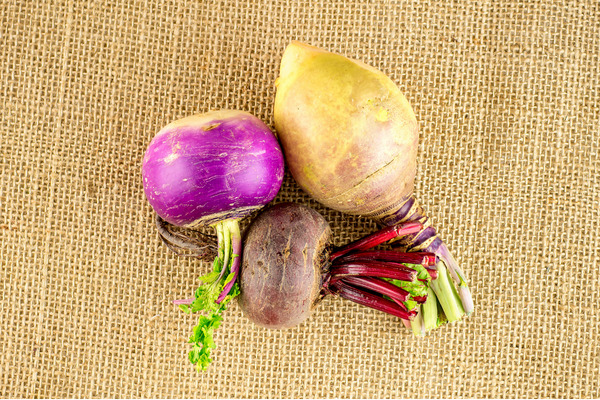
Bulb vegetables are pretty much like leafy vegetables if not for their thick and hard bases. Common bulb vegetables include celery, lemon grass, cabbage, Bok choy, fennel, and many others.
While you can simply toss the scraps over fertile soil to grow, it is best to activate root growth by placing the scraps in shallow water. Let it sit for at least a week until signs of growing roots are visible before transferring it to fertile soil having a depth of at least 2 to 3 inches.
Garlic

Among the most important spices is garlic. While it is used for cooking purposes, it is also a popular ingredient in baking bread and even pastries. If you’ve tried leaving your garlic in the cupboard for a long time then you understand how easy it is to grow sprouts and even roots.
So, whenever your garlic starts to grow sprouts or roots, you can immediately bury them at least 4 to 5 inches deep in fertile ground for proper growth.
Onions and Scallions

Nex on our list is onions and scallions which are commonly grown in gardens. These varieties of vegetables grow sprouts whenever left unused for a few days. Unfortunately, these vegetables lose their crunch after a few days.
To avoid wastage, simply replant the whole bulb under fertile soil. If the bulb hasn’t grown sprouts yet, simply immerse half of it in water. As soon as sprouts grow, simply transfer to the fertile soil.
Basil and Herbs
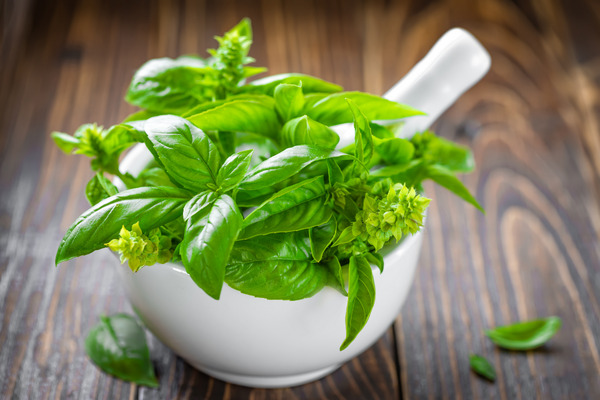
Basil leaves are a common favorite in the kitchen because of their diverse uses. The most important part of the plant is its leaves, therefore, leaving the stem for scraps. Fortunately, it’s the stem of the basil plant which can be regrown.
To grow basil out of scraps, leave the stem in shallow water until the roots start to grow. At this point, leaf sprouts will also start to grow together with the roots. As soon as the roots are well-developed to at least an inch in length, it is then safe to transfer the plant onto fertile soil.
Mushrooms

Mushrooms are among the wonders of nature. While it is thought to be a plant, it is actually a fungus that grows pretty much anywhere. Although this vegetable variety is very hard to regrow, it is certainly possible.
To regrow mushrooms from scraps, cut off the stem and stick it into fertile soil. Mushrooms require humid environments as well as shaded locations where there is no direct sunlight so make sure to place them away from the reach of the sun. If you don’t have a garden or backyard where you can grow your mushrooms, you can always grow them indoors.
Seeds
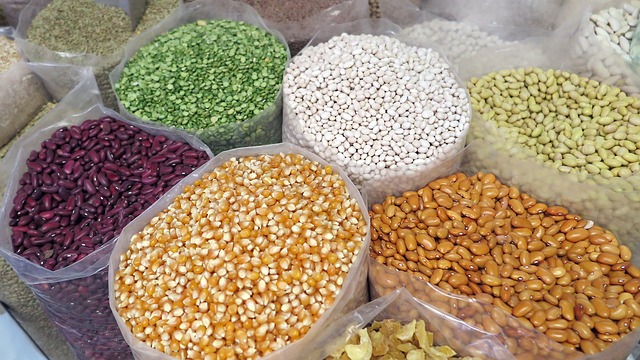
When seeds are left unused, they start to grow sprouts. At this point, it is best to regrow the seeds because they start to develop a distinct taste as the sprouts appear – while some sprouted seeds taste good, others may not.
So, to regrow your seed scraps, simply transfer the seeds directly over to fertile soil. Water frequently to ensure moisture which seeds love. Also, good sun exposure will allow the seeds to flourish and grow nicely.
Ginger

Ginger is a favorite spice because of its distinct taste. It gives a strong spicy flavor to any food or ingredient. While it is loved for its taste, it is also quite in demand because of its medicinal properties.
To grow ginger from scraps, look for shoots or parts that branch out from the body. These shoots or branching parts is where sprouts or buds will start to emerge. Cut these shoots and plant directly over fertile soil.
Take Away
Growing your vegetables out of scraps is indeed a great opportunity to harvest your veggies repeatedly without spending anything. Furthermore, you get to help clean the environment by reducing waste.
Many of these vegetable varieties can be grown directly from your own home. All you must do is give the proper care to these vegetables – while some require frequent watering, others may not. So, before regrowing your vegetables from scraps, have a clear idea of the care needs.
Have a go growing these 10 vegetables which you can grow from kitchen scraps and it won’t be a surprise if you end up with a recurring harvest!




